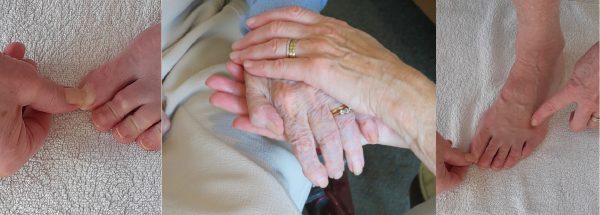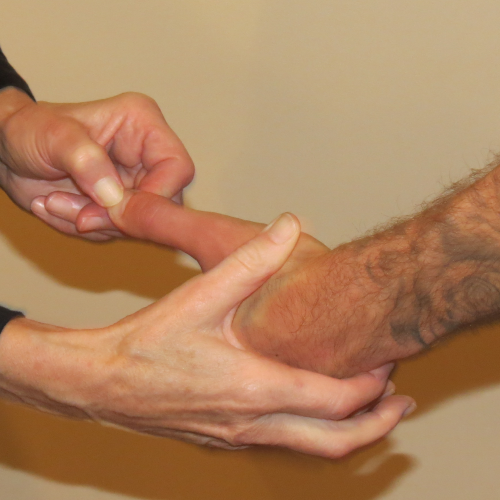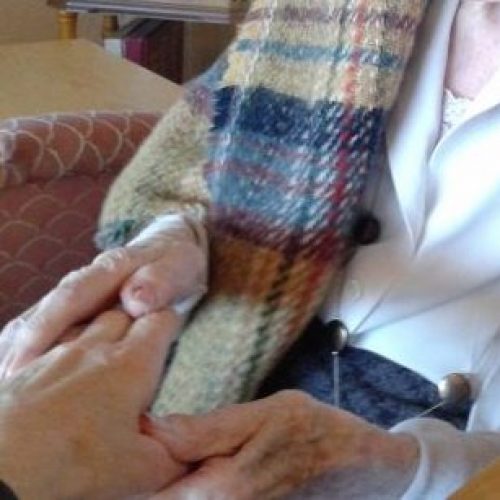
In these incredibly difficult times of pandemic I am reminded of that familiar but profound quote:“Every day is a gift. That’s why we call it the present”. I recall the puzzling occasion when I arrived to treat a lively older client, Mrs H, and she thanked me for the gift of a hairbrush. This was news to me so I gently told her that she had mistaken me for someone else but she just shook her head. The previous week I’d tried some simple Vertical Reflexology foot and nail-working techniques to help her neck/shoulder pain but she reported only slight improvement. She then smiled, gave a little wink and said: “But after you left, my shoulder tingled and went warm and within an hour I could lift my arm quite a bit higher than I have done for a year. I can now brush the back of my hair again and keep myself looking smart, so thanks for giving me a hairbrush!” We never know from where our “gifts” will come. Reflexology had unexpectedly given Mrs H back the ability to do something most of us take for granted. She had regained some precious independence and dignity thanks to her “hairbrush”.
To try a VRT nail-working technique for yourself see below. You can also read my article on VRT nail-working here: Nailing the Problem published in 2008 in the Federation of Holistic Therapists’ (FHT) Journal: International Therapist.
Method
See photos of reflex position at top of the page.
For the seated client:
Test the range of movement first for a stiff shoulder by asking the client to gently raise their arm as high as it will go with NO strain whatsoever for a few seconds.
Locate the shoulder foot reflex (on the dorsum of the semi-weight-bearing foot) on the side the body where there is most discomfort and gently stimulate and hold. With your other hand, simultaneously press your thumb or finger nail on the centre of the corresponding big toe nail: nail-on-nail. Hold these two points for 15-30 seconds only. Always repeat on the other foot for balance even if it is a one-sided problem.
For extra efficacy: Ask the client to gently raise their arm (without straining ) to their full range of mobility as you simultaneously hold the shoulder and nail reflex on their foot for a maximum of 15-30 seconds. It is often at this point that further range of movement is observed.
For the reclining client:
The same instructions as above can be applied to the reclining feet but the results are often more subtle. Therefore the shoulder and nail reflexes can be gently held simultaneously for 45-60 seconds each in this position
(This technique can be applied to the standing, fully weight-bearing feet, if the client has no balance/frailty/weight issues and they must always hold onto a chair or table as a precaution. This is only recommended in certain cases after VRT accredited instruction and no-one should ever be placed on a step, stool, stair or any raised surface to work the feet).
For more information regarding Vertical Reflexology books for the Feet and Hands with nail-working, accredited courses, books, charts, DVD, articles and free videos go to my website Home page www.boothvrt.com.
These VRT instructions carry a disclaimer and are given on that understanding that any experimentation of techniques is at your own risk. Thank you.





